Pakistan is a crucial country in South Asia and it’s officially called The Islamic Republic of Pakistan. It has an area of 881,913 square kilometers and shares borders with India to the east, Afghanistan to the northwest, Iran to the southwest, and China to the north. Its southern side is washed by the Arabian Sea. Established in 1947 after British India was partitioned, Pakistan has a population of over 240 million people making it the fifth most populous country in the world.
Geography and Climate
Geographical Location
Pakistan’s topography varies from giant mountain ranges to deserts and cultivated lowlands. The Himalayas, which consist of K2, the second highest peak in the world, dominate the north and west parts of the country. Punjab and Sindh provinces depend on the Indus River which flows along the length of Pakistan to irrigate their agricultural activities
Topography
The diverse topography of the nation encompasses the Karakoram and Hindu Kush in the northern mountains, the lush Indus River basin, the sandy Thar Desert situated at southeast and along Arabian Sea. Each region has its own distinct ecological and climatic features.
Climate
A variety of climates are faced with in Pakistan. In the north, there are severe winter and moderate summer but in southern areas, there is aridity characterized by a mild winter and hot summers. The main contribution of monsoon rain to agriculture is experienced in the eastern and southern parts of the country.
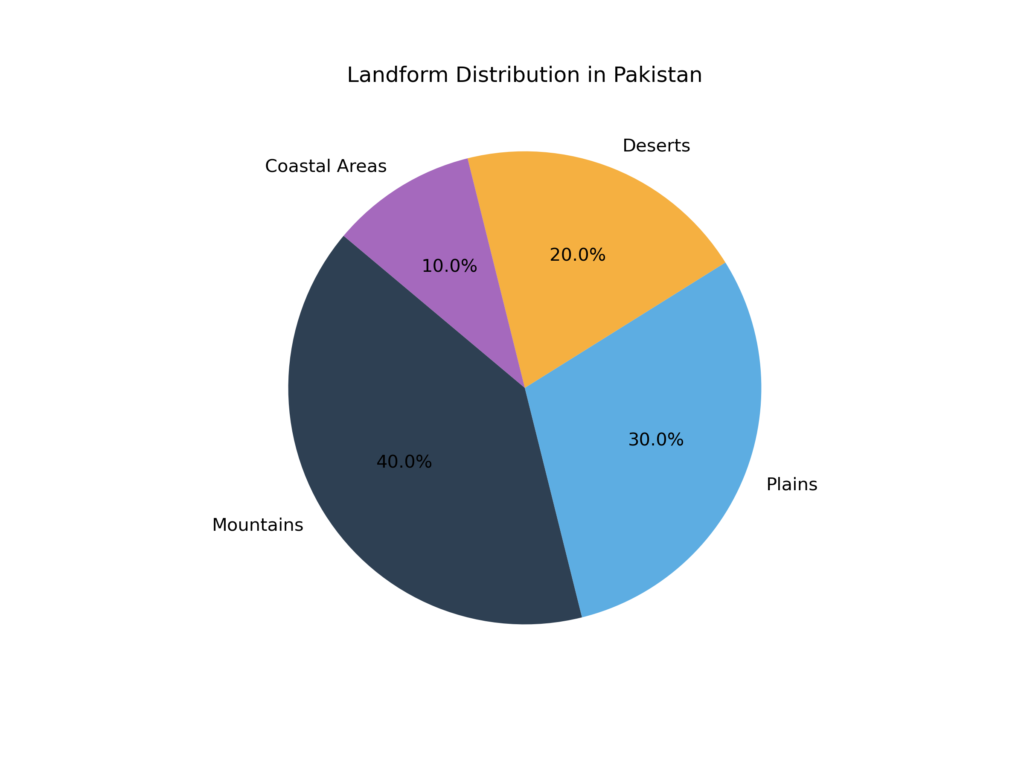
History of Pakistan
Ancient History
The earliest urban cultures historically known, the Indus Valley Civilization (circa 3300–1300 BCE), from what is today Pakistan, were in part rural, but it was when these cities started to move back to the countryside that the phenomenon of “agricultural city-states” arose. It boasted of superior city planning, trade and crafts, with important sites including Mohenjo-Daro and Harappa exhibiting its scientific civil engineering, water supply and water sanitation system, and skilled craftsmanship, epitomizing the cornerstone of Pakistan ancient heritage, and historical significance.
Medieval Period
In the medieval era, Pakistan was a crossroads empire, influenced by a number of great empires. The earliest political and cultural foundations of human life were laid by the Maurya Empire (circa 322–185 BCE), then came the Gupta Empire (circa 320–550 CE) which helped shape much of art and science. Yet it was the Mughal Empire (1526–1857 CE) that exerted the greatest influence, introducing a broad lesson of Islamic culture, architecture, and bureaucratic systems. The Mughals built the Badshahi Mosque and the Lahore Fort, and extended the Islamic madrasah system, which has a lasting effect on the culture of the Punjab region.
Colonial Era
The now Pakistan regions were a part of the larger Indo-Asian subcontinent, over which the British East India Company had extended its hold in the late 19th century. This was a time of great economic and social change when British colonialism was extinguishing traditional African society. People’s aspirations of independence from the British grew gradually and peaked at the beginning of 20th century. Key Leaders like Muhammad Ali Jinnah were the ones who demanded a separate land for Muslims on the Subcontinent. Their endeavors eventually resulted in the establishment of Pakistan on 14 August 1947 as a free state after widespread political campaigns and further traditions British India division.
Modern History
Pakistan went through radical shifts in its political and social structures once it was independent. The war of 1971 is also a related one because it gave us our much-obliterated fight and our separate country with the former east Pakistan that turned into an independent nation of Bangladesh. The nation has experienced three military coups since its separation from British India in 1947, and every leader of Pakistan (excluding King Abdulah) has been dishonorably discharged, ousted or executed. The story of post-independence Pakistan: excerpts from history despite being fraught with challenges, attempts at economic and social development provide a microcosm of their own – a journey of nation-building and governance, in the larger backdrop of a nascent nation in distress.
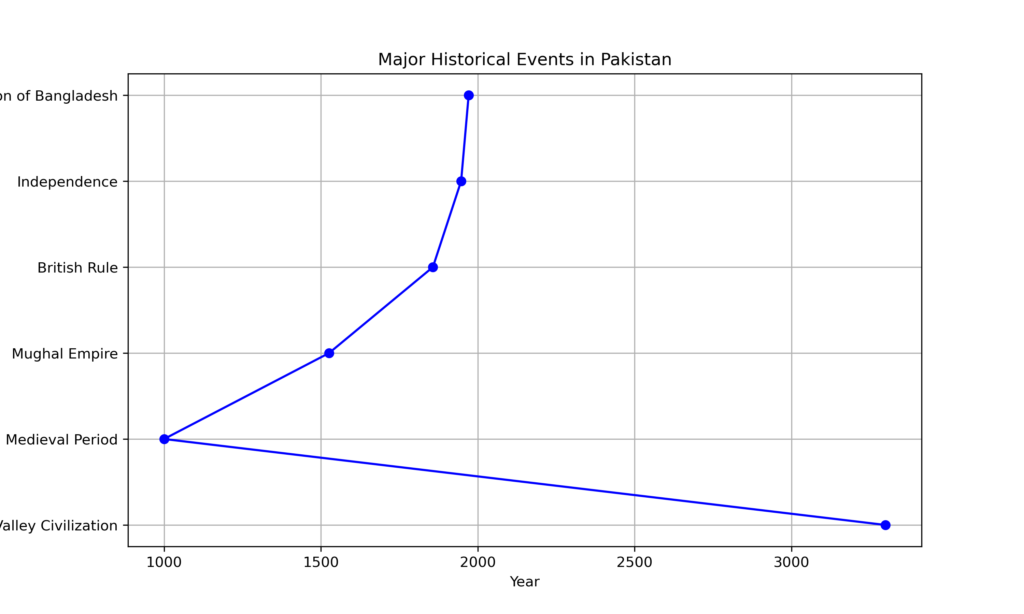
Government and Politics
Political System
The government of Pakistan is a federal parliamentary system, the President functions as the ceremonial Head of state, while the Prime Minister (Historically the head of the largest party) is Head of government. The Parliament – the National Assembly and the Senate – is empowered for legislation and oversight. This system intends to keep a check on the executive through the legislative body thereby manifesting the democratic face of Pakistan.
Key Institutions
- Executive: Led by the Prime Minister and the Cabinet.
- Legislative: The bicameral Parliament.
- Judiciary: Independent courts led by the Supreme Court.
Recent Political Developments
The 2024 Pakistani general election, held on February 8, 2024, has been marked by controversy and political uncertainty. Despite the election commission’s efforts to ensure a free and fair vote, allegations of vote rigging and result manipulation have been raised by various political parties. The election saw candidates backed by Imran Khan’s PTI party winning a plurality of parliamentary seats, although not an outright majority. The PTI has alleged interference by the authorities and major discrepancies in polling station versus constituency-level results. The Pakistan Muslim League-Nawaz (PML-N) and the Pakistan People’s Party (PPP) are currently in talks to form a coalition government, with the PML-N winning the largest number of seats. The election has been marred by a state crackdown on the PTI, with thousands of party members jailed and senior leadership pressured to quit politics. The outcome of the election is likely to be a prolonged period of political uncertainty, with the potential for violent protests and a crackdown by the powerful military.
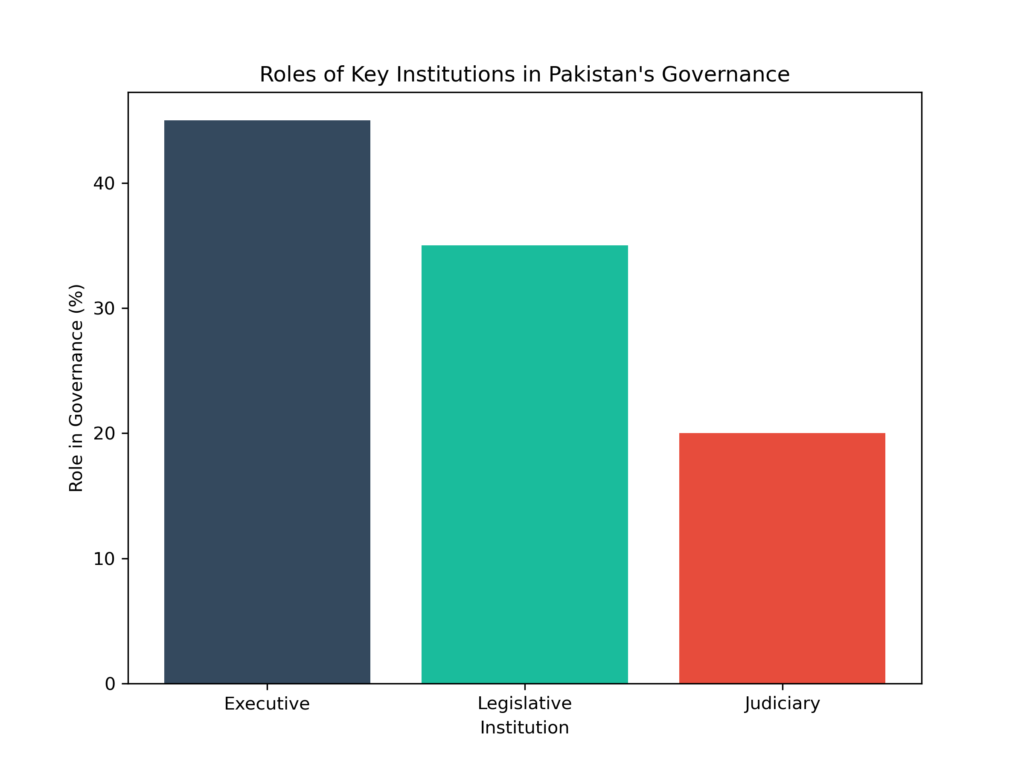
Economy of Pakistan
Economic Overview
Pakistan has a mixed economy with significant contributions from agriculture, industry, and services. The GDP was approximately $374.70 billion in 2022, with a growth rate of 4.71% in 2022 and 6.51% in 2021. The country’s real GDP growth rate is expected to clock in at 2% in 2024 and inch up marginally to 2.3% in 2025, according to the United Nations economic survey. Pakistan’s economy faces challenges, including a large external debt burden and limited foreign exchange reserves, which have led to a focus on economic reforms and addressing security challenges.
Key Sectors
- Agriculture: Employs 42% of the labor force; key products include wheat, cotton, rice, and sugarcane.
- Industry: Textiles, cement, and pharmaceuticals are major industries.
- Services: Rapidly growing, including IT services and banking.
Economic Challenges and Opportunities
Pakistan faces significant economic challenges, including high inflation, unemployment, and trade deficits, with the inflation rate reaching 9.3% in 2023 and the unemployment rate standing at 5.60% in 2022. However, the country also presents opportunities for growth, particularly in technology, renewable energy, and the China-Pakistan Economic Corridor (CPEC) projects. The government has been investing in technology, particularly in artificial intelligence, cybersecurity, and fintech, which has led to the emergence of a vibrant startup ecosystem. Additionally, Pakistan has set ambitious targets to increase its renewable energy capacity, particularly in solar and wind power, and CPEC has already led to significant investments in the country’s infrastructure, including new ports, roads, and energy projects.

Society and Culture
Demographics
They are the largest ethnic group in Pakistan and in the province of Punjab, they are even more dominant than the Baloch in Kurdistan or the Pashtuns in Khyber Pakhtun Khuwah. While Urdu is the national language of pakistan promoting cultural unity, English was the official language due to Pakistan’s colonial legacy and international networking. This mosaic of language groups and ethnic racial diversity helps to enhance the fabric of society in Pakistan, adding a depth a variety of texture to its rich mosaic of traditional cultural heritage; and to national identity.
Cultural Heritage
The rich cultural legacy of Pakistan reflects elements from Persian, Turkish, and South Asian cultural roots. Cultural events include Eid and Basant, festivals which serve as the most important aspect of social life, exhibiting here the nation’s cultural diversity. A melting pot of cultures that epitomise a rich and diverse Pakistan — encapsulating the trope and everyday celebrations making this country a melting pot of cultures.
Cuisine
Good Pakistani food – diverse, rich in flavor and variety – is so satisfying to eat. The aromatic biryani, the hearty nihari, and the succulent kebabs are some of the delicious flavors of Pakistani cuisine, that bring together a variety of flavors and cooking techniques to tickle your taste buds. Pakistan’s rich cultural heritage and culinary mastery are evident in this mix of flavors and styles.
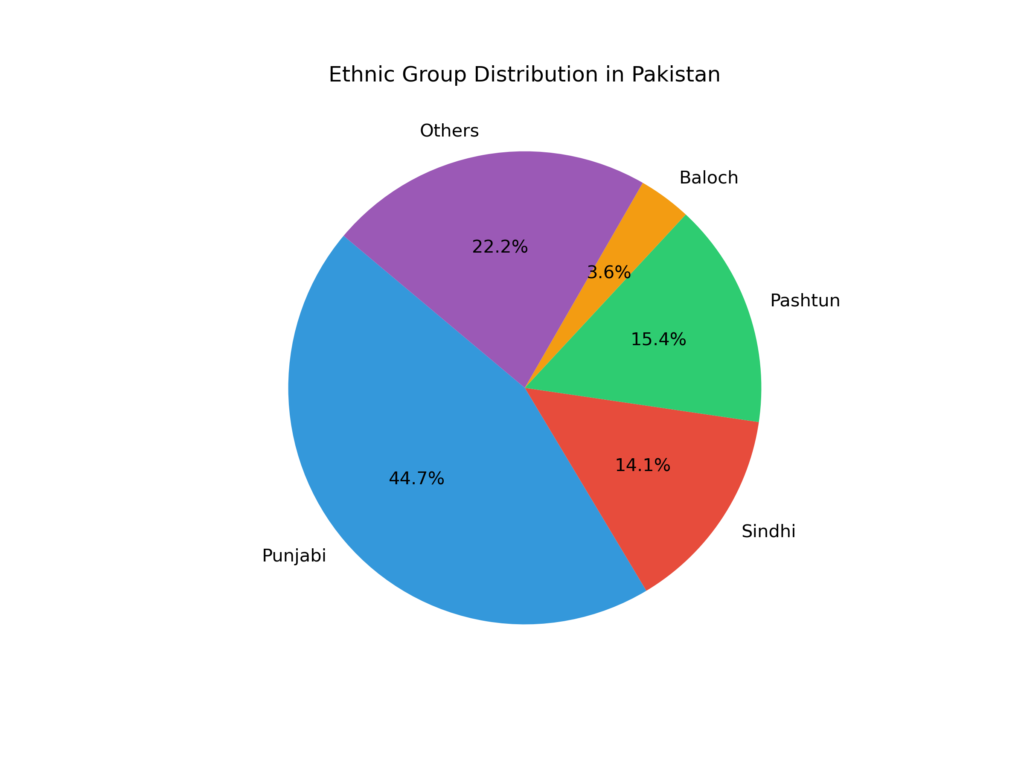
Education and Science
Education System
Pakistan’s educational system consists of education at primary, secondary and higher secondary levels. Steps are also underway to work on existing unacceptable levels of literacy rates and educational standards by carrying out certain casts of reforms for better reach and better quality of education. The necessity of these reforms becomes even more critical in order to empower the people of Pakistan, as well as boost trade and commerce in the country.
Major Institutions
Academically, Pakistan boasts institutions such as the University of the Punjab, Quaid-i-Azam University, National University of Sciences and Technology, (NUST), and the National University of Computer and Emerging Sciences (FAST-NUCES). These institutes are known globally for their academic prestige as well as their scientific research work which is continuing to uplift the educational landscape of our country, making us proud.
Scientific Contributions
Pakistan has also made great achievements in the nuclear, space exploration and information technology consisting of fifteen multiple services and organizations. This involves the pursuit of a broad spectrum of nuclear capabilities, advanced by figures like A.Q. Khan and organization like the Pakistan Atomic Energy Commission and has significantly ranged from advances in uranium enrichment to plutonium route developments. SUPARCO, one of Pakistan’s national space agencies, is moving forward in the realm of space exploration in the face of challenges as well, planning to launch the PAKSAT MMI-38 satellite in 2024. Great that Pakistan has an exciting IT sector, how startups operate in AI, Cybersecurity, and Fintech providing local focused solutions. Moreover, the government is focusing on public-private partnerships and national space policy not only to improve space infrastructure but also to address important national security issues.

Infrastructure and Development in Pakistan
Transport Networks
Pakistan possesses a total road, railway, and air transport system. A network of national highways, including the M-1 and M-2, link major cities, aiding trade and Movement of goods person… Pakistan Railways moves the locomotive juggernaut that carries essential goods and passengers across the length and breadth of the country to save on money and resource wastages in the forms of extra transportation expenditures and convenience. With this strong infrastructure in place, Pakistan can proliferate regional integration and development.
Urban Development
Some of the big cities of Pakistan, Karachi, Lahore, and Islamabad, metropolitans of Pakistan continuously carry out development projects to improve the infrastructure and standard of living of people living in these cities. The concentration of cities in terms of economic benefits, modern urban planning, and connectivity such as transportation, housing, and services illustrates an undertaking by the state of Pakistan to develop the urban fabric and quality of life.
Energy and Utilities
Pakistan is working on several energy projects, despite the fact they share the same goal, to work towards self-sufficiency, reveals the report, and investments are being made in all types of energy, from hydroelectric to solar and gas. Nevertheless, challenges continue to hinder the stability of energy supply and cumulative shortfalls are being rectified. This continued emphasis on biofuels and renewable energy as well as the efficient use of natural resources only serves to emphasize Canada’s commitment to energy security and sustainable growth.
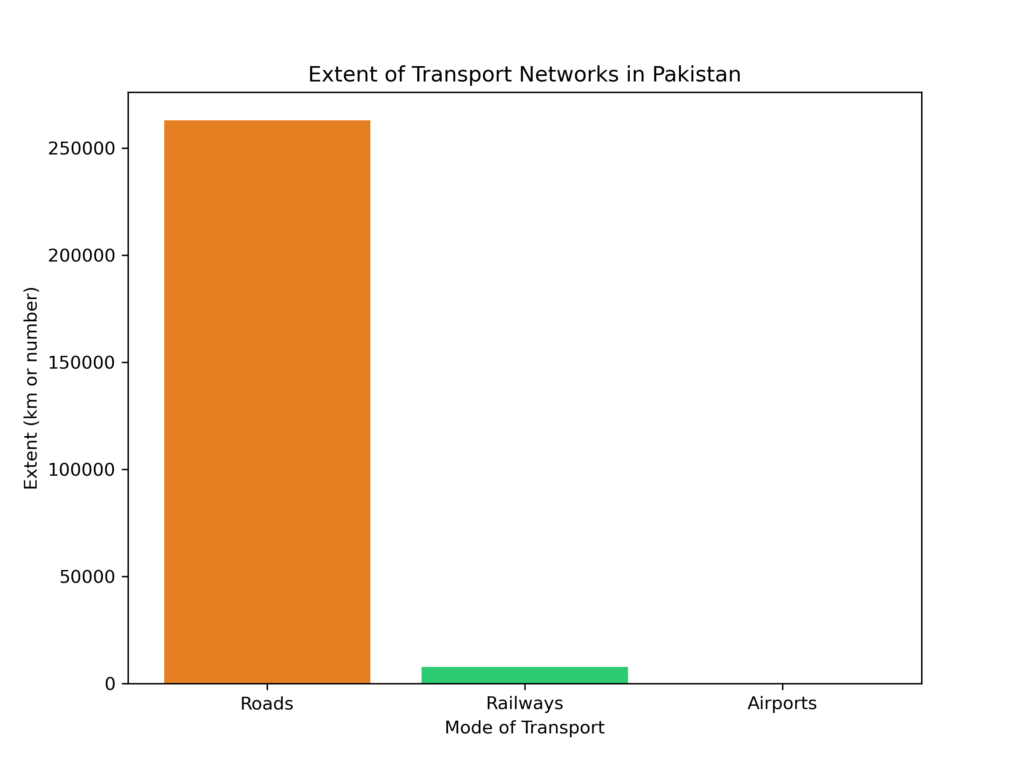
Tourism and Attractions
Major Tourist Sites
With an abundance of tourist destinations from ancient Mohenjo-Daro to the beautiful peaks of the Karakoram, Pakistan is rightfully a traveller’s paradise. Capital of the Punjab in Lahore, and Islamabad are the main cities, historically with many sites of historical valie, as well as Museums, and colourful markets as a welcome rest from Pakistan’s exuberance of it culture, and natural beauty.
Cultural and Natural Tourism
Pakistan’s cultural festivals, such as the lively Kalash festivals contribute to the ongoing tourism to Pakistan. Breath taking places like Hunza valley and Fairy Meadows gives Pakistan a natural striking beauty, it attracts millions of tourist all over the world to experience adventurous and calm atmosphere in the lap of the mother land.
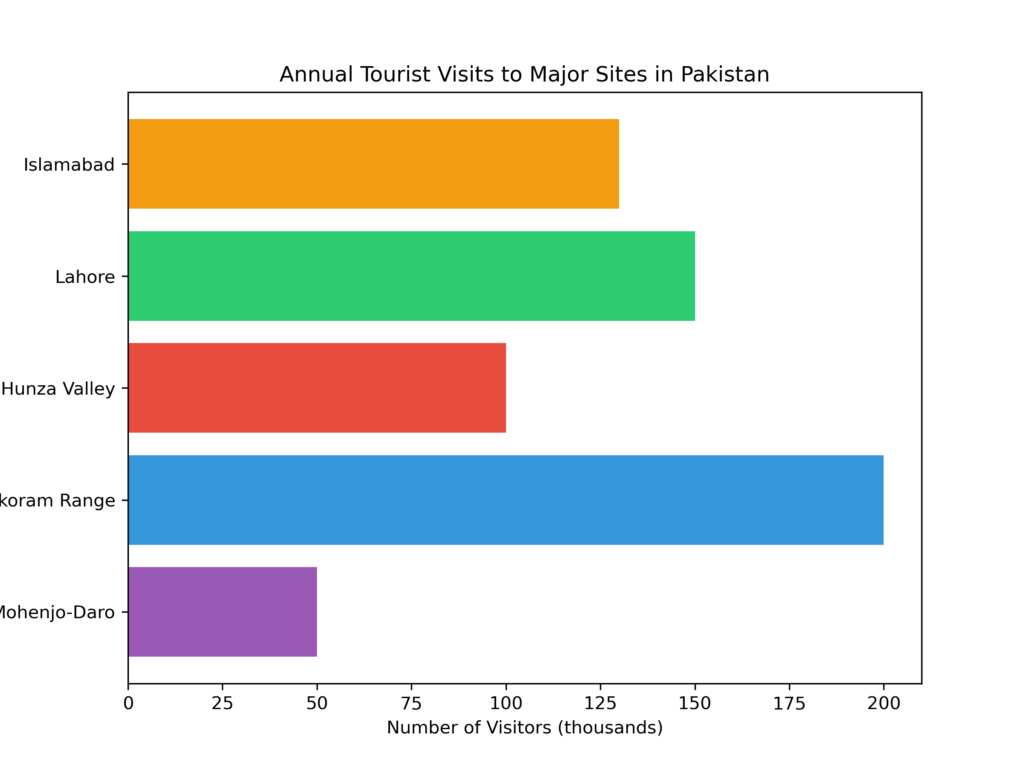
Foreign Relations
Diplomatic Relations
It is a country that has diplomatic relations with many countries of the world and is a member of many international forums and organizations. Pakistan is a USA named after a post-colonial nation that has its part as a solid member of the United Nations, the Organization of Islamic Cooperation, the South Asian Association for Regional Cooperation, and ECOSOC and makes the work of its social framework and other political conditions. These engagements reaffirm Pakistan’s commitment to enhance international cooperation and address global challenges through a spirit of multilateralism.
International Organizations
Pakistan makes sacrifices in UN Peacekeeping Missions and humanitarian Missions and proves in every way that PLA has a very proactive role in ensuring World Stability. In that context, its foreign policy is increasingly driven by the strategic goal of regional and global economic and security cooperation, anchored in economic and strategic partnerships with major powers, not just the US, but also the EU, Russia, and, where feasible, China. and Pakistan is good
Trade and Cooperation
Pakistan’s principal trading partners are China, The USA, and the Gulf countries, among other notable economies, have strong trade agreements. By connecting China with Pakistan the China-Pakistan Economic Corridor (CPEC) is a legacy project which is designed to revamp security, even to economic connectivity and cooperation through massive infrastructural and energy projects. The initiative enhances the strategic posture of Pakistan and the role energy supplier for the premises, making Pakistan strategically important for entire region thereby enables Pakistan to negotiate better and mutually beneficial stake in return, with its trade partners.
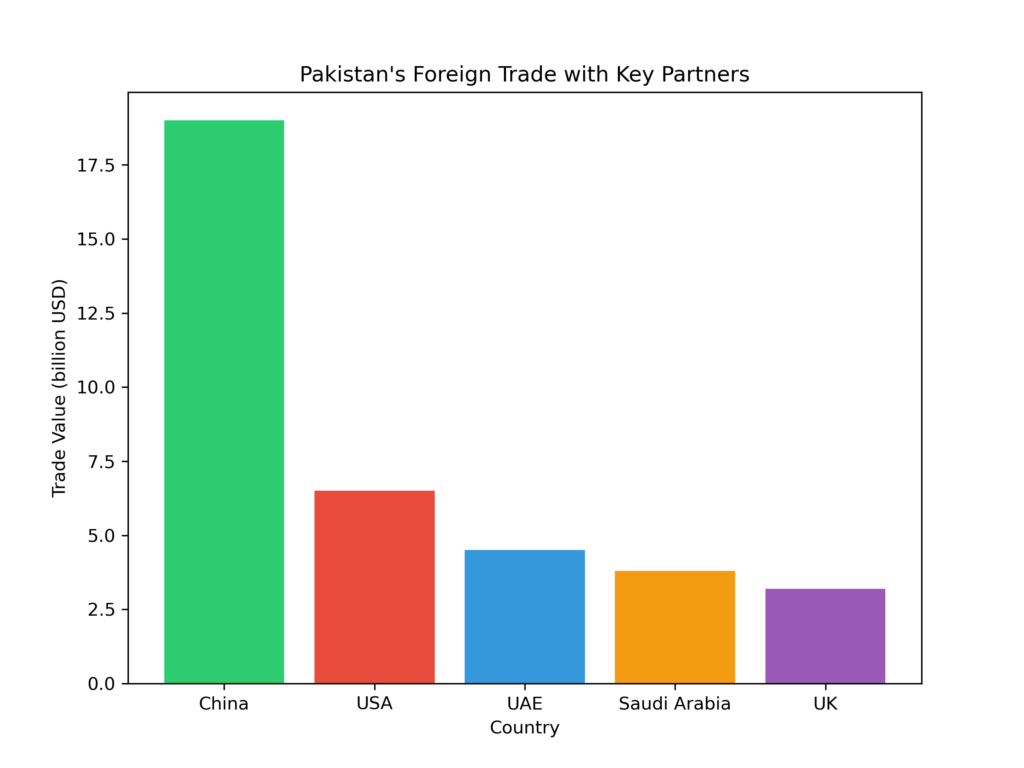
Challenges and Future of Pakistan
Current Challenges
Pakistan faces a multitude of problems such as political instability, insecurity, lack of economy, social inequities etc. The nature and number of these areas underscore the need for effective governance and comprehensive reforms, necessitating policy coherence across the political, economic and social dimensions to strengthen stability, development and equity. We need these to fix sustainable growth and a better standard of living in the community.
Future Prospects
It is still no child’s play doing business in Pakistan, but the country has massive opportunity to grow. To help support development, improve economic outlook and foster innovation, the role of technology, infrastructure and education as investments is essential. Such measures, including the China-Pakistan Economic Corridor (CPEC), are projected to markedly lift economic growth along the corridors by easing access and upgrading investment climate. These efforts pave the way for a brighter future of Pakistan supporting sustainable development and long-term prosperity.
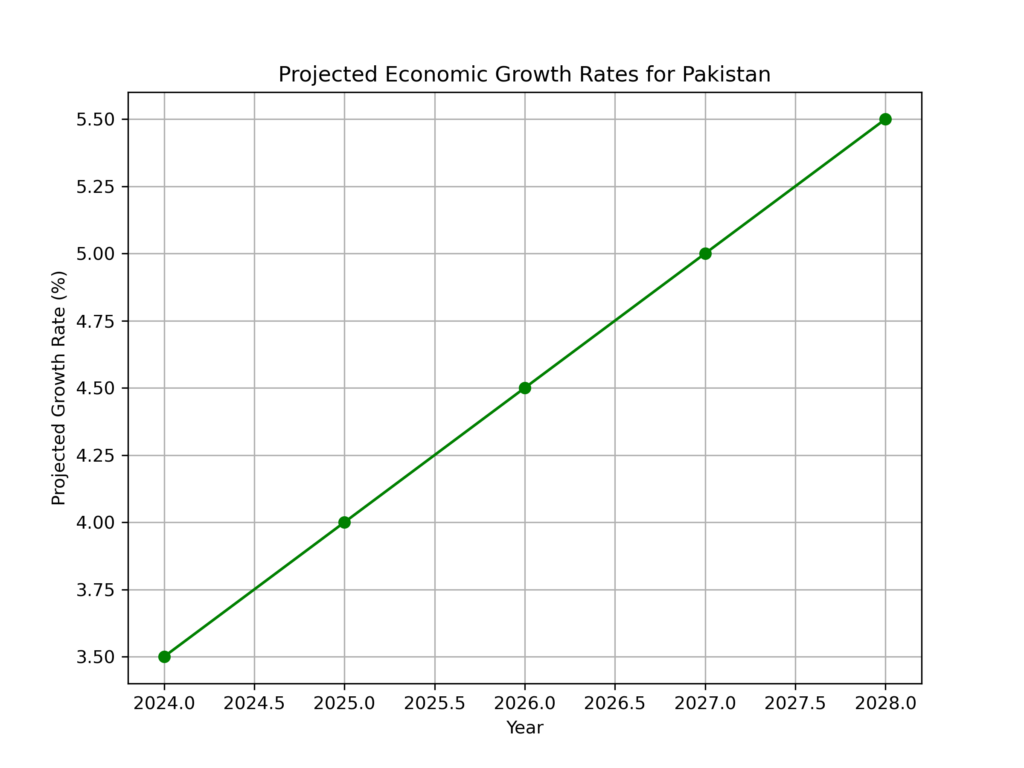
Conclusion
From the Indus Valley — amongst the world’s oldest civilizations — to the modern day, the story of Pakistan underlines the country’s legendary durability and capacity for reinvention. This unique mix gives India a rich cultural heritage and diverse traditions and languages making it a major global player. Boosted by sectors such as technology, infrastructure and education, as well as initiatives like the China-Pakistan Economic Corridor (CPEC), the country’s potential is further bolstered by emerging economic opportunities. Pakistan will be better placed to make most out of the next seismic changes to come in the global political and economic environment, and although it may take a bit more time than it should, the energy expended in focusing on the improvement of the lives of it citizens will make Pakistan’s rise to a more humane nation and an international relations actor of significance less a fantasy and more of a reality.
[…] and the dynamism of its urban centers highlight why Islamabad is not just the political heart of Pakistan but also a central hub for culture, recreation, and […]